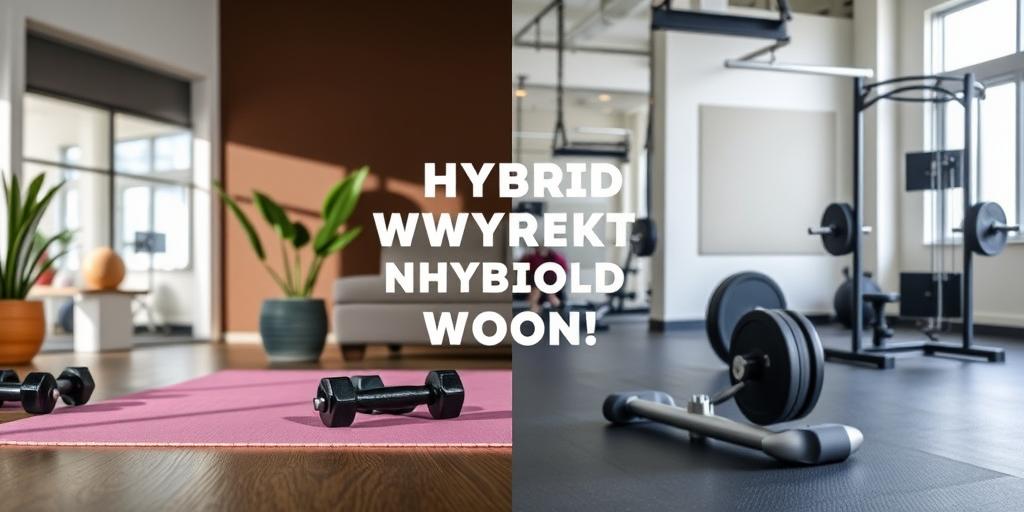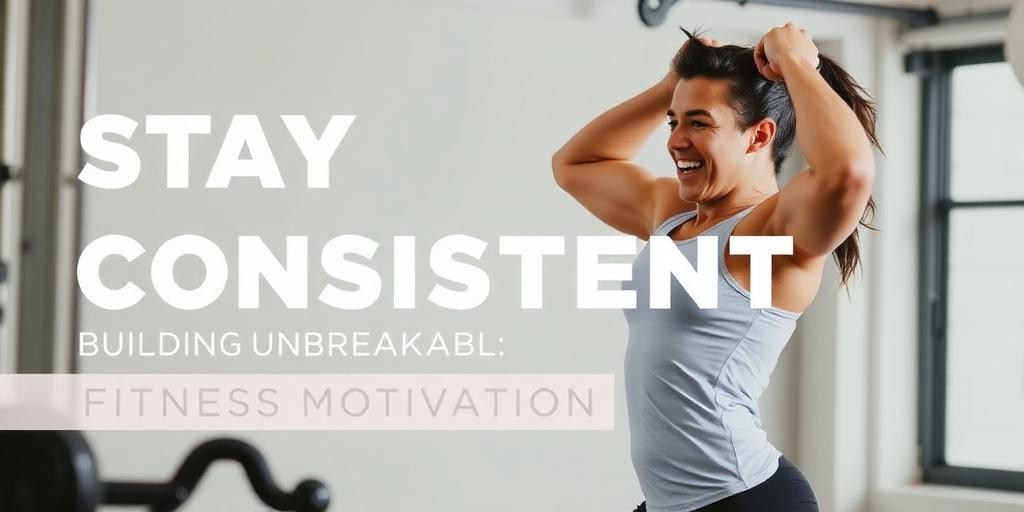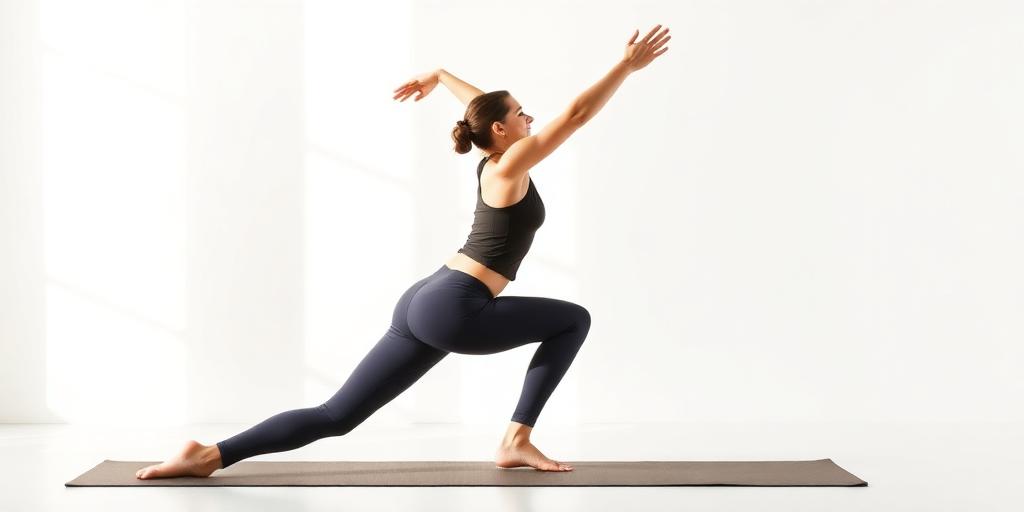Hybrid Workout Programs: Combining Home & Gym
In today's fitness landscape, flexibility and adaptability are key. Hybrid workout programs, which strategically combine home and gym workouts, offer a versatile approach to achieving your fitness goals. This guide will explore the benefits, considerations, and practical tips for designing an effective hybrid workout routine.
What are Hybrid Workout Programs?
Hybrid workout programs integrate the convenience of home workouts with the resources of a gym. This approach allows individuals to leverage the benefits of both environments, optimizing their training regimen for variety, efficiency, and results.
Benefits of Hybrid Workout Programs
- Flexibility and Convenience: Home workouts eliminate travel time and offer the freedom to exercise on your schedule. Gym workouts provide access to specialized equipment and a motivating environment.
- Variety and Reduced Boredom: Mixing home and gym sessions can prevent monotony and keep your workouts engaging.
- Comprehensive Training: Access to gym equipment allows for a wider range of exercises, while home workouts can focus on bodyweight exercises and mobility.
- Cost-Effectiveness: Hybrid programs can reduce gym membership costs by decreasing the frequency of gym visits while still maintaining access to necessary equipment.
Designing Your Hybrid Workout Program
- Assess Your Goals: Determine your primary fitness goals, whether it's strength gain, weight loss, endurance, or overall fitness.
- Evaluate Resources: Identify the equipment available at home and at the gym. This will influence the types of exercises you can perform in each location.
- Plan Your Weekly Schedule: Allocate specific days for home workouts and gym sessions. Consider factors such as your work schedule, energy levels, and recovery needs.
- Select Exercises: Choose exercises that align with your goals and can be effectively performed in each environment. For example:
- Home: Bodyweight exercises (squats, push-ups, lunges), resistance band workouts, yoga, Pilates, and cardio (running, jumping jacks).
- Gym: Weightlifting (bench press, squats, deadlifts), machine exercises, and specialized equipment (cable machines, leg press).
- Structure Your Workouts: Design structured workouts that include a warm-up, main workout, and cool-down. Ensure each session targets specific muscle groups or fitness components.
- Track Your Progress: Monitor your workouts, track your sets, reps, and weight lifted. This will help you gauge your progress and make adjustments as needed.
Sample Hybrid Workout Schedule
- Monday: Gym - Strength Training (Upper Body)
- Tuesday: Home - Cardio and Core
- Wednesday: Rest or Active Recovery (Yoga, Stretching)
- Thursday: Gym - Strength Training (Lower Body)
- Friday: Home - HIIT Workout
- Saturday: Gym - Full Body Workout or Long Cardio Session
- Sunday: Rest
Considerations for Hybrid Training
- Equipment: Ensure you have basic equipment at home, such as resistance bands, dumbbells, or a yoga mat.
- Space: Designate a workout space at home that is free from clutter and distractions.
- Motivation: Stay motivated by setting realistic goals, finding a workout buddy, or using fitness apps to track your progress.
- Nutrition: Support your training with a balanced diet that provides adequate protein, carbohydrates, and healthy fats.
- Recovery: Prioritize rest and recovery to prevent overtraining and injuries. Incorporate stretching, foam rolling, and adequate sleep into your routine.
Maximizing Results with Hybrid Training
- Progressive Overload: Gradually increase the intensity of your workouts over time by adding weight, reps, or sets.
- Proper Form: Maintain proper form during all exercises to prevent injuries and maximize effectiveness.
- Listen to Your Body: Pay attention to your body's signals and adjust your training as needed. Don't push through pain or fatigue.
- Stay Consistent: Consistency is key to achieving results. Stick to your workout schedule as much as possible.
Conclusion
Hybrid workout programs offer a flexible and effective way to achieve your fitness goals. By combining the convenience of home workouts with the resources of a gym, you can create a well-rounded training regimen that suits your lifestyle and preferences. With careful planning, consistent effort, and attention to your body's needs, you can maximize your results and enjoy a healthier, fitter life.









